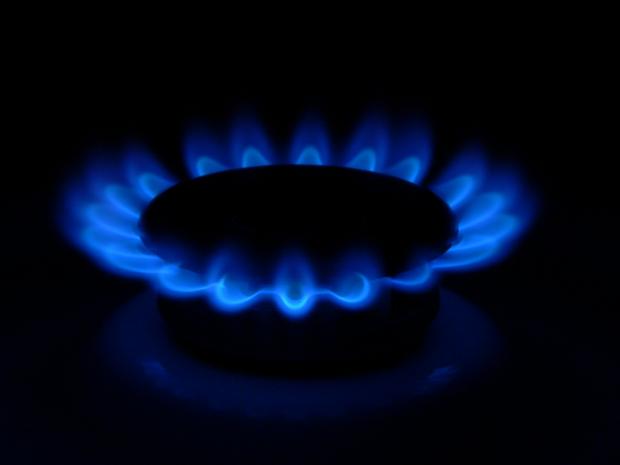The U.S. Energy Department’s weekly inventory release showed a smaller-than-expected increase in natural gas supplies. The headline beat, which further widened the storage deficit ahead of the upcoming winter, helped the fuel to remain above the psychologically important $3 level.
About the Weekly Natural Gas Storage Report
The Weekly Natural Gas Storage Report – brought out by the Energy Information Administration (EIA) every Thursday since 2002 – includes updates on natural gas market prices, the latest storage level estimates, recent weather data and other market activities or events.
The report provides an overview of the level of reserves and their movements, thereby helping investors understand the demand/supply dynamics of natural gas. It is an indicator of current gas prices and volatility that affect businesses of natural gas-weighted companies and related support plays.

Analysis of the Data: A Smaller-than-Expected Rise in Storage
Stockpiles held in underground storage in the lower 48 states rose by 46 billion cubic feet (Bcf) for the week ended Sep 21, well below the guidance (of 61 Bcf gain) as per the analysts surveyed by S&P Global Platts, a leading independent commodities and energy data provider. The injection was also lower than both the five-year (2013-2017) average addition of 81 Bcf and last year’s build of 64 Bcf for the reported week.
Per the latest EIA data, the current storage remains well below benchmarks. At 2.768 trillion cubic feet (Tcf), current natural gas inventories are 621 Bcf (18.3%) under the five-year average and 690 Bcf (20%) below the year-ago figure.
Fundamentally speaking, total supply of natural gas averaged around 89.2 Bcf per day, essentially unchanged on a weekly basis. Meanwhile, daily consumption fell 2.6% to 76 Bcf on weaker power generation demand, which slumped 10.4% week over week.
Natural Gas Price Rallies
Following the light injection, natural gas price gained 2.6% yesterday to settle at $3.056 per MMBtu on Thursday. In particular, traders focused on the widening deficit to the five-year average and low inventory levels following strong summer air-conditioning demand. This year’s sweltering heat meant that cooling degree days averaged 25% above normal, which spurred gas-fired power generation consumption. With the official withdrawal season set to commence in just over a month, the big deficit in natural gas inventories is bullish for prices.














Leave A Comment